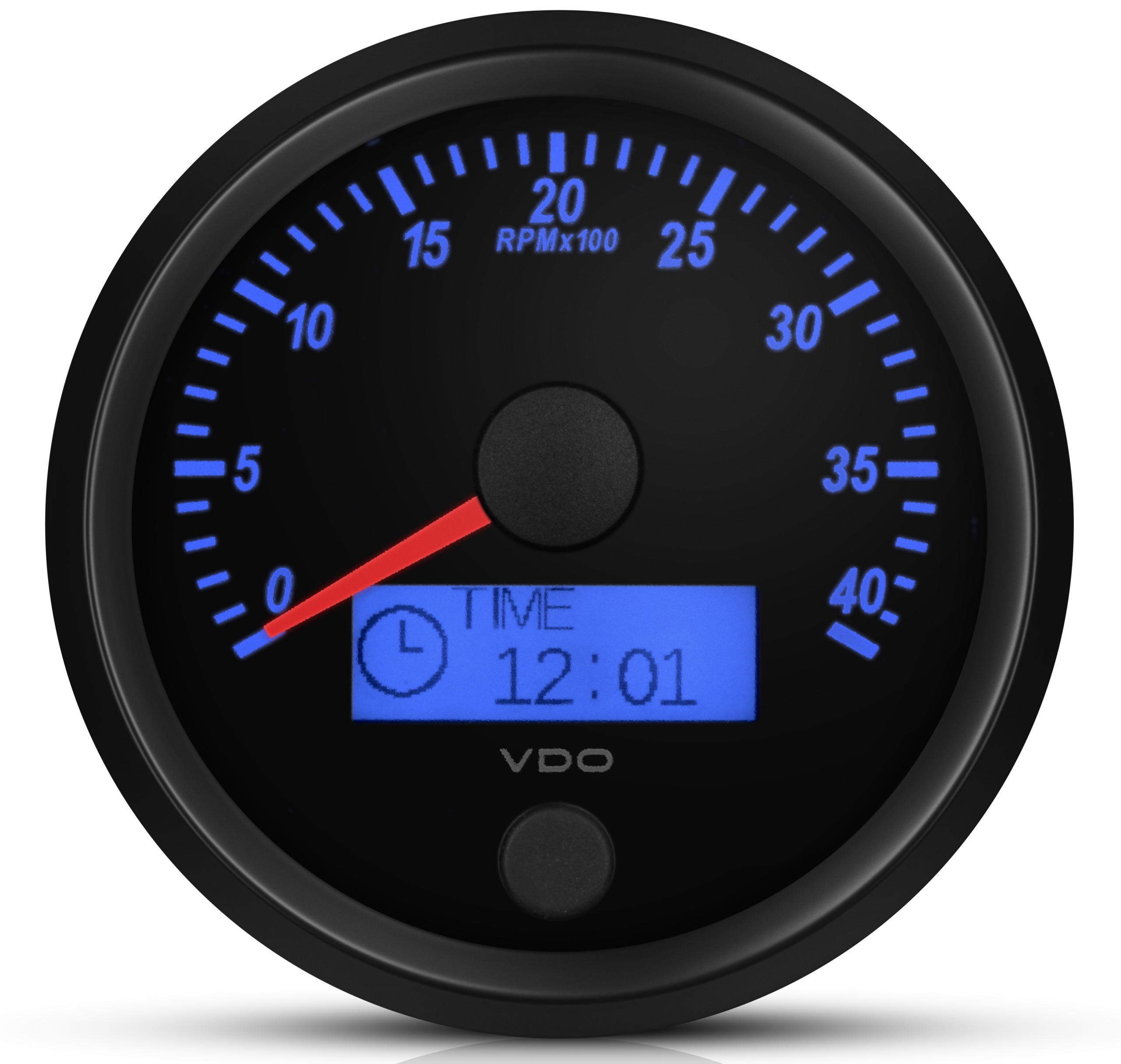Professional Tips for Preserving and Calibrating Your Tachometer
Professional Tips for Preserving and Calibrating Your Tachometer
Blog Article
The Significance of a Tachometer in Checking Engine Speed and Efficiency in Automotive Applications
In the world of automobile design, the tachometer stands as a critical tool in the driver's toolbox, providing a direct home window right into the inner functions of a vehicle's engine. Beyond its feature as a plain gauge of transformations per min (RPM), the tachometer functions as a vital device for enthusiasts and experts alike, supplying real-time insights right into engine efficiency and wellness. Understanding the relevance of this tool goes beyond surface-level observations, diving right into the detailed connection between engine speed, power result, and total driving experience. As we explore the multifaceted function of the tachometer in vehicle applications, a much deeper appreciation for its effect on car characteristics and performance starts to arise.
Relevance of Checking Engine RPM
Monitoring engine RPM, or changes per minute, is an essential element of automobile upkeep and performance analysis. Engine RPM directly associates with the speed at which the engine's crankshaft revolves, suggesting just how rapidly the engine is running.
In addition, monitoring engine RPM is vital for efficiency evaluation in racing and high-performance automobiles. In recap, checking engine RPM is not only vital for detecting concerns but additionally for maximizing engine performance in different automobile applications.

Benefits of Real-Time Data
In auto applications, real-time information plays a vital function in providing instantaneous insights right into the efficiency and problem of the automobile. By constantly monitoring different parameters such as engine speed, temperature level, gas consumption, and much more, real-time information offers numerous advantages that add to boosted effectiveness and security when traveling.
In addition, real-time data promotes performance optimization by providing instant feedback on driving routines and engine efficiency. Vehicle drivers can adjust their actions in real-time based on this information to attain better gas economy and extend the life-span of their car.

Furthermore, real-time information plays a vital function in modern automobile diagnostics, making it possible for specialists to promptly diagnose and deal with breakdowns. This leads to decreased downtime, reduced upkeep costs, and eventually, boosted overall automobile integrity and longevity (tachometer). By taking advantage of the power of real-time information, auto stakeholders can make informed decisions that favorably influence both the efficiency and longevity of the car
Influence on Equipment Shifts
The tachometer plays a vital duty in maximizing equipment shifts by offering real-time engine speed data to the driver. When coming close to the redline on the tachometer, it signifies the motorist to upshift to stop over-revving the engine and triggering prospective damage.
Moreover, the tachometer help in attaining smoother gear transitions, particularly in hand-operated redirected here transmissions. By keeping an eye on engine speed, drivers can implement equipment shifts at the optimum RPM range, lowering snagging activities and lessening wear on the transmission components. This accuracy on duty adjustments not only improves driving convenience yet additionally adds to fuel efficiency.
Enhancing Gas Effectiveness
Given the critical duty the tachometer plays in enhancing gear changes for performance and engine wellness, it directly adds to making the most of gas effectiveness in automotive applications. By giving real-time responses on engine speed, the tachometer assists motorists in maintaining one of the most efficient RPM array for fuel economic situation. When chauffeurs continually keep an eye on the tachometer and adjust their driving habits appropriately, they can stay clear of unnecessary gas consumption brought on by over-revving or hauling the engine.
In addition, the tachometer aids vehicle drivers recognize the most fuel-efficient equipment to be in at any given minute, preventing the engine from working more difficult than required. In final thought, the tachometer serves as an important tool in enhancing fuel efficiency by promoting optimal driving habits and identifying areas for enhancement in the automobile's performance.

Making Best Use Of Engine Longevity
The tachometer's role in keeping an eye on engine rate and performance contributes in making sure the durability of automobile engines. By utilizing the tachometer effectively, drivers can optimize engine long life via conscious RPM administration. Regularly revving an engine expensive can bring about too much deterioration on vital elements, such as the pistons, shutoffs, and bearings. In time, this can result in lowered engine performance and possible malfunctions. Monitoring the tachometer permits motorists to stay within the suggested RPM variety for their find out this here car, stopping unnecessary pressure on the engine and prolonging its life expectancy.

Conclusion
To conclude, the tachometer plays an important role in keeping an eye on engine speed and efficiency in automotive applications. By supplying real-time information on RPM, it enables reliable gear shifts, boosted fuel performance, and optimized engine longevity. This tool is crucial for preserving optimum engine performance and guaranteeing the total functionality of an automobile.
Report this page